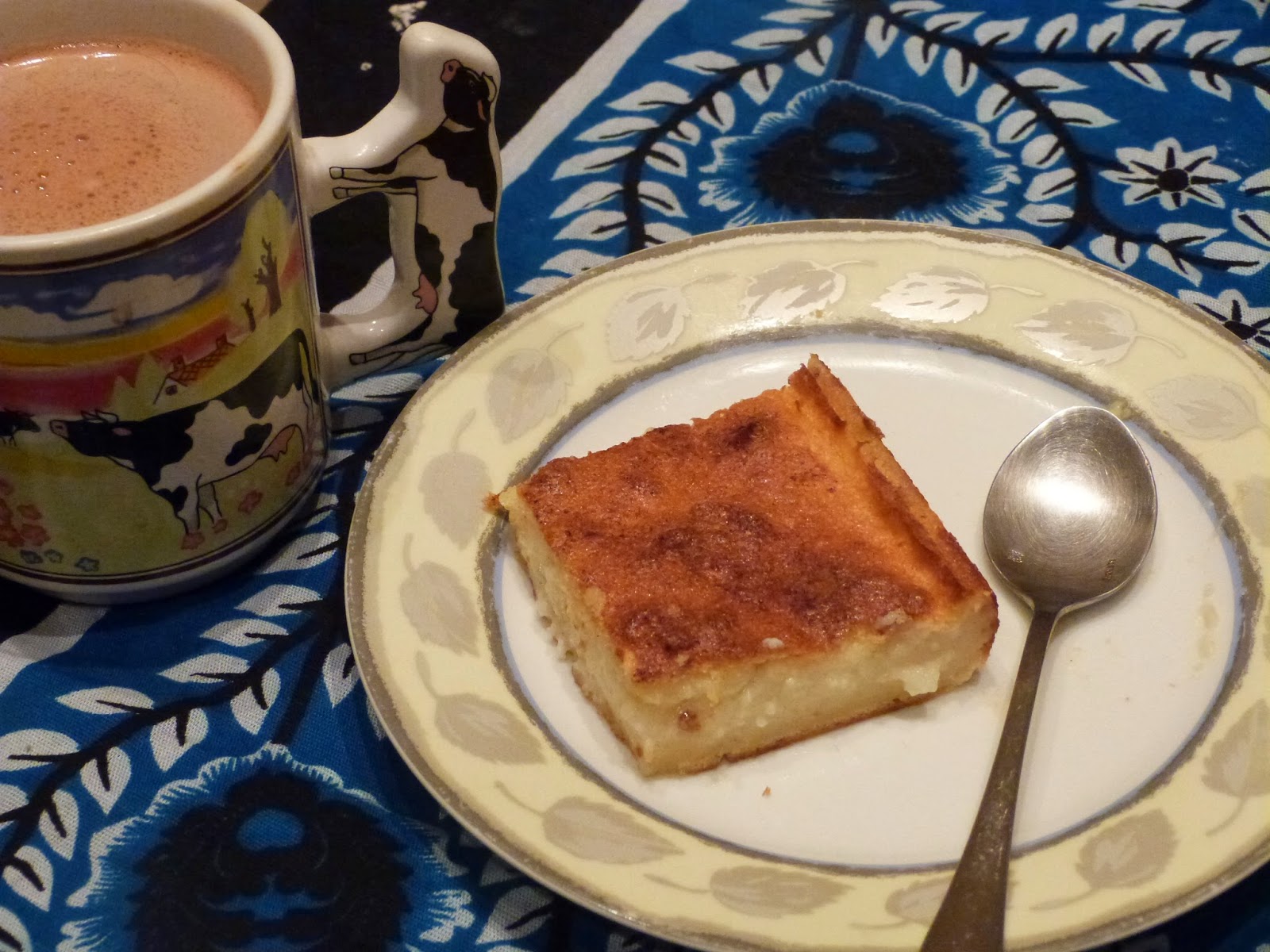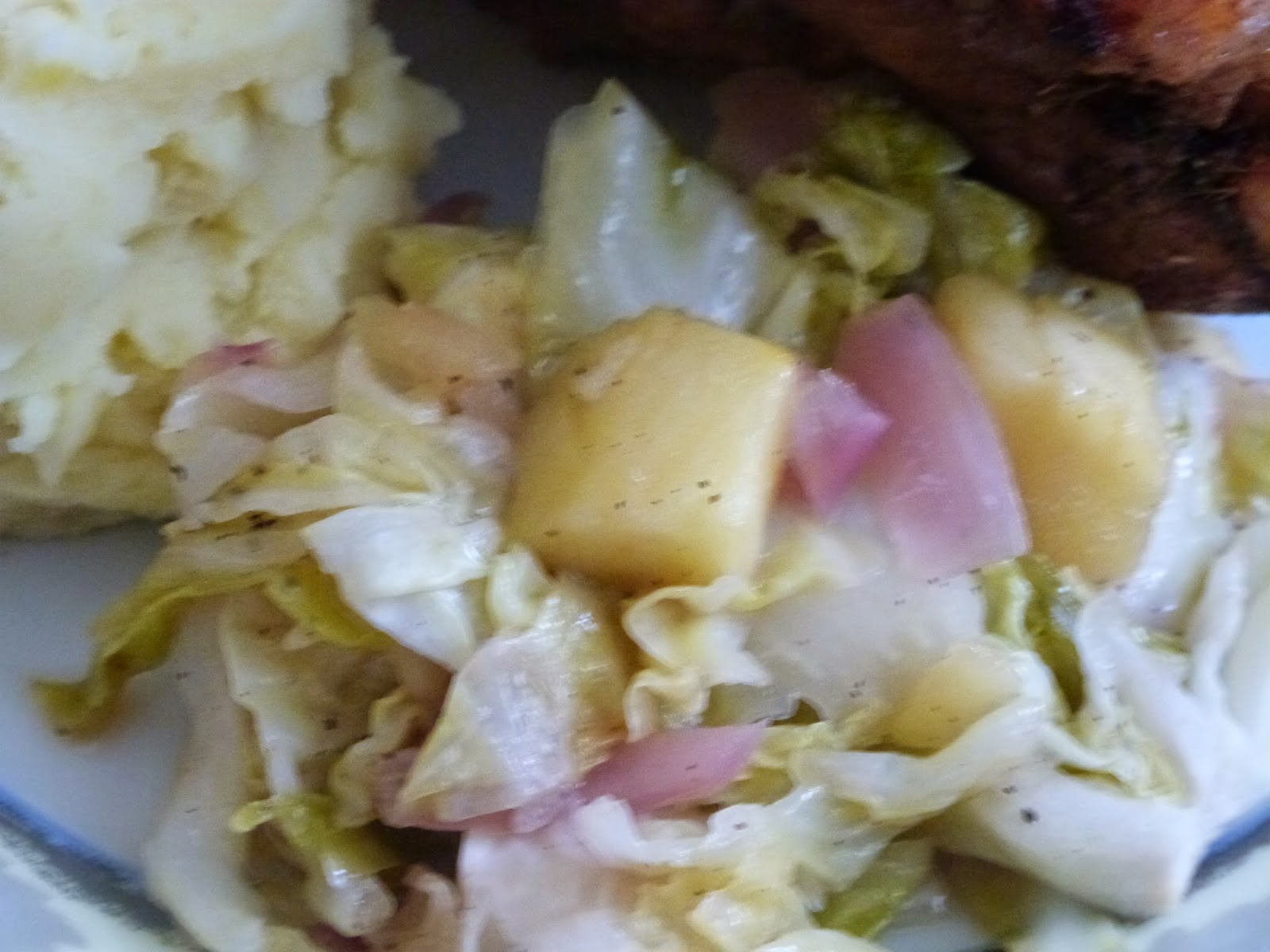Chinese dumplings are also known as jiao zi (pronounced jowdzer). They consist of a ground meat or vegetable filling wrapped in a thin layer of pastry that is folded in pleats on the one side. Jiao zi can be steamed, boiled or fried and is best served with a dipping sauce of soy, vinegar, garlic and ginger. It is believed that jiao zi were first invented by a famous Chinese Medicine Man called Zhang Zhongjing. Although the preparation takes some time, jiao zi are very easy to make and can be frozen.
Dough for making Chinese dumplings
You'll need a rolling pin and board
Use a drinking glass to cut out your circle shapes
Pork mince filling
Half-moon shaped jiao zi
A tray of jiao zi or Chinese dumplings ready for cooking or to be packed for freezing
Delicious homemade Chinese dumplings
Boiled jiao zi
Steamed dumplings and dipping sauce
4 cups flour
1 1/4 cups warm water
500g pork mince
2 onions, finely chopped
1 tablespoon sesame oil
2 tablespoons soy sauce
2 large cabbage leaves, finely diced
2 tablespoons cornstarch
2 tablespoons fresh ginger, finely chopped
pinch salt and pepper, to taste
1 tablespoon fresh garlic, finely chopped
1 1/4 cups warm water
500g pork mince
2 onions, finely chopped
1 tablespoon sesame oil
2 tablespoons soy sauce
2 large cabbage leaves, finely diced
2 tablespoons cornstarch
2 tablespoons fresh ginger, finely chopped
pinch salt and pepper, to taste
1 tablespoon fresh garlic, finely chopped
Cindy Vine is a South African currently living in Kyiv Ukraine. She lived in China for 3 years and learnt how to make jiao zi while living there. Cindy is the author of Hush Baby, Not Telling, Defective, The Case of Billy B and C U @ 8. All her books are available on Amazon in both print and Kindle format. Http://cindyvine.com


































